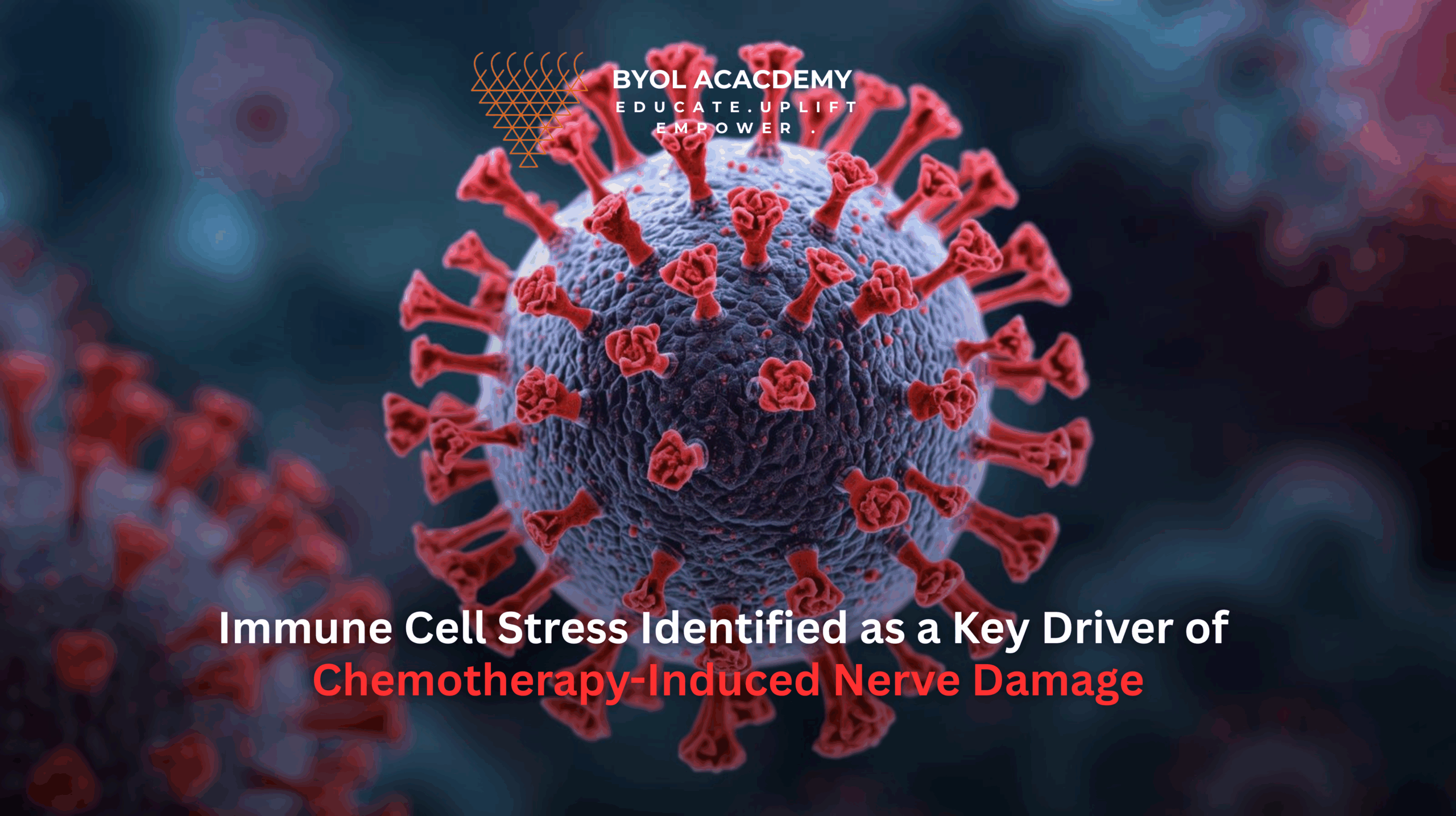Introduction Dementia is a progressive neurocognitive disorder characterized by decline in memory, executive function, language, and behavior, significantly impairing daily […]
Effect of Parental Alienation on the Growth of Children in India

Parental alienation is a subtle yet often deeply damaging form of emotional manipulation where one parent intentionally or unintentionally turns a child against the other parent. It often occurs during or after separation, divorce, or marital conflict. In India and other asian country, where the family structure and societal values are traditionally rooted in parental unity, the impact of such alienation on child’s psychological and emotional growth can be profound.
Children who are victims of parental alienation often experience intense internal conflict and dissociative tendencies They are forced to choose loyalty to one parent, suppress their affection for the other, and navigate guilt, confusion, and fear. Over the time, this emotional turmoil can manifest as anxiety, depression, poor academic performance, low self-esteem, and difficulty forming secure attachments. The child’s perception of love, trust, and stability becomes distorted, leaving lasting scars that can extend into adulthood.Often they often develop into multiple types of personality disorders like borderline personality,antisocial personality amongst the few.
From a psychological standpoint, parental alienation disrupts the formation of a healthy identity. The alienating parent’s negative influence can lead to black-and-white thinking, where the alienated parent is viewed as entirely “black.” This cognitive distortion hampers the child’s ability to perceive relationships with empathy. Furthermore, the suppression of genuine affection for one parent creates emotional dissonance the child learns to deny authentic feelings to gain approval, leading to emotional numbness or dependence later in life.
In the Indian context, the consequences of parental alienation are compounded by social and legal factors. Custody battles are often protracted,prolonged and delayed , and the legal system lacks clear recognition of parental alienation as psychological abuse. The patriarchal can setup sometimes results in mothers being deprived of custody or visitation, while in other cases, fathers are alienated by overprotective maternal families. In both situations, the child becomes a silent casualty of adult ego and systemic inadequacies.
Moreover, societal stigma around divorce in India often discourages open discussion about emotional harm within separated families. Children are told to “adjust” rather than express distress, which further suppresses their emotional needs. Schools and mental health professionals rarely screen for signs of alienation, allowing the issue to remain invisible until behavioral or psychiatric symptoms emerge.
Addressing parental alienation requires a multi-pronged approach. Legal frameworks must recognize it as a form of psychological abuse and ensure shared parenting models that prioritize the child’s emotional well-being. Mental health professionals should be trained to identify alienation early and provide therapeutic interventions for both the child and the parents. Public awareness campaigns can also help reduce stigma and promote cooperative co-parenting.
RELATED STUDIES AND DATA
A longitudinal study of “left-behind children” in China (N≈1,090) found that children’s alienation towards parents predicted higher depression one year later. Alienation toward mothers was a stronger predictor than toward fathers; resilience served as a protective factor; stressful life events mediated effects.
- Another study: children exposed to parental alienation behaviours (in childhood) reported higher risk of anxiety disorders, trauma reactions, substance use, suicidal ideation in adulthood.
- A 2025 study of adults (aged 18–40; N=254) found childhood perceptions of parental alienation were associated with greater rejection-sensitivity, more avoidance or revenge motivations in adult interpersonal behaviour, and lower life satisfaction.
- Children experiencing parental alienation show more behavioral/emotional problems (both internalizing e.g., anxiety/depression; externalizing e.g., aggression/impulsivity) associated with poorer parent-child attachment and maladaptive emotion regulation.
Differentiating alienation vs estrangement
A key study examined how to differentiate children’s rejection of a parent due to alienation (manipulation without legitimate reason) versus realistic estrangement (e.g., due to abuse/maltreatment). They used a measure called the “PARQ-Gap” (difference in parental acceptance–rejection scores) to distinguish severely alienated from non-alienated children.
This distinction matters for clinical/forensic assessments and intervention planning.
Legal and child-rights implications
A chapter in an Oxford publication emphasizes that parental alienation is contrary to the best interests of the child and to the rights enshrined in the United Nations Convention on the Rights of the Child (UNCRC). It calls for early detection, parent education, accountability, and legal/therapeutic system reform.
CLINICAL IMPLICATIONS
Attachment and emotional regulation: Parental alienation impacts the child’s attachment security with the alienated parent. Disruption of that attachment may lead to poorer emotional regulation, increased vulnerability to internationalizing/externalizing problems (see the study on Chinese children).
Long-term developmental impacts: The research shows effects may persist into adulthood (life satisfaction, relationship functioning, mental health). Hence early identification and intervention are valuable.
Assessment tools: Instruments like the PAS and PARQ-Gap provide structured ways to assess alienation-related phenomena; but note limitations – measurement is still evolving.
Multi-systemic context: These issues sit at the intersection of family law, parent-child relationships, therapy, child welfare. When seeing a child with e.g. behavioral issues post-divorce, consider the possibility of alienating dynamics, but also rule out abuse/legitimate estrangement.
Intervention strategies: Aim to preserve the child’s relationship with both parents (unless there is safe reason not to), facilitate healthy parent-child communication, strengthen the child’s emotion regulation and resilience, and engage both parents in therapeutic work.
Cultural/contextual considerations: Many studies are from Western/North contexts; but there are emerging studies (e.g., China) showing similar dynamics. In an Indian context, you may need to consider sociocultural factors (caste/heritage/family structure) when evaluating parent-child alliances and rejection.


